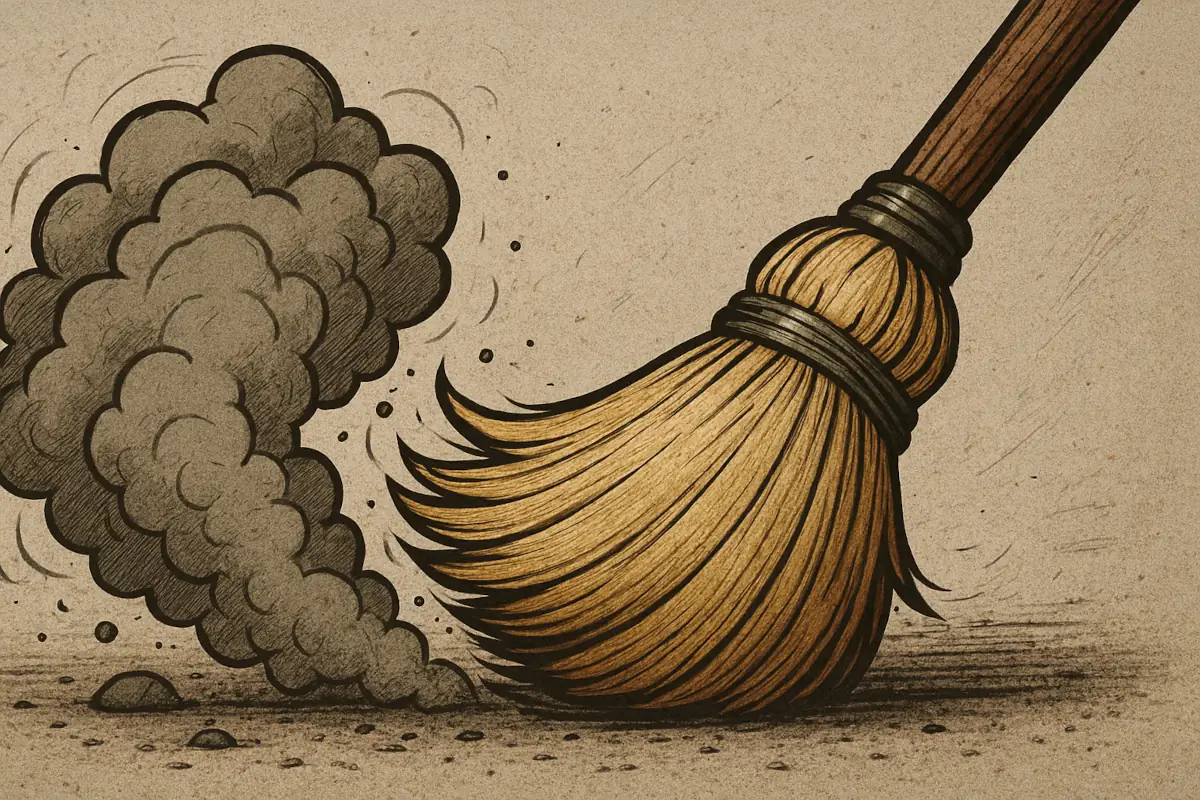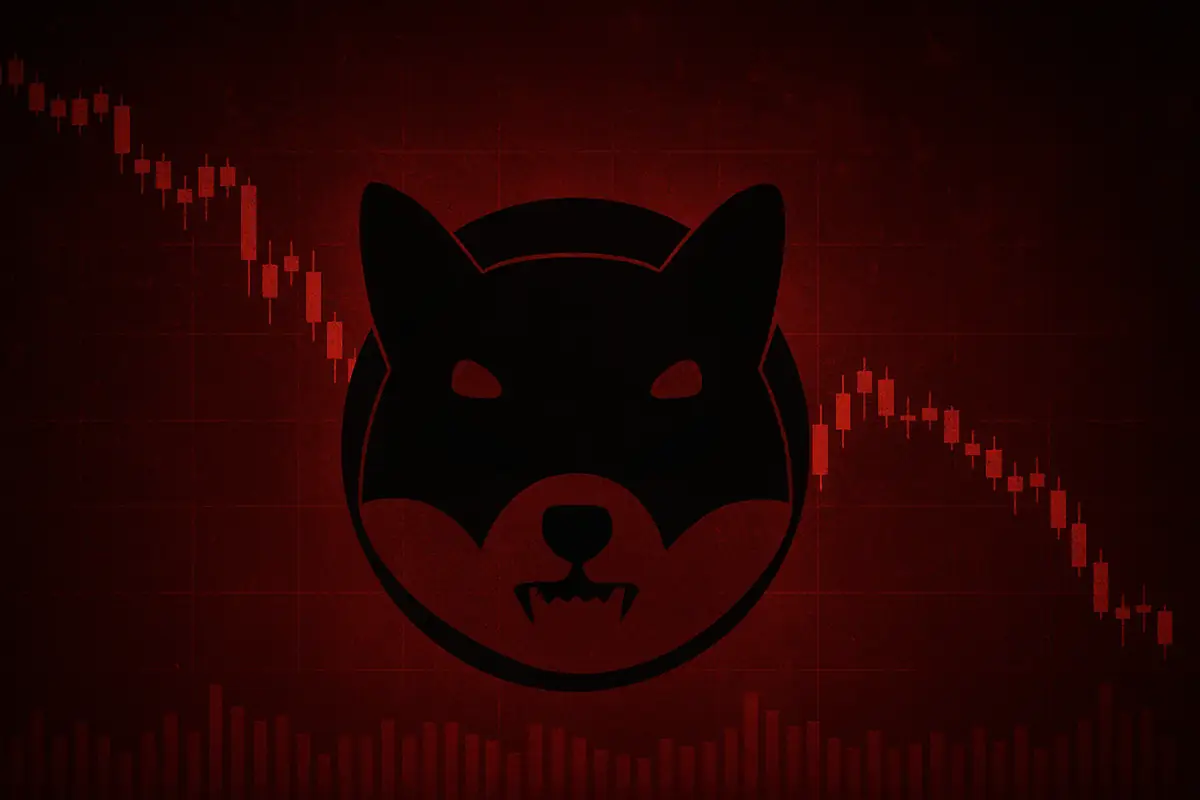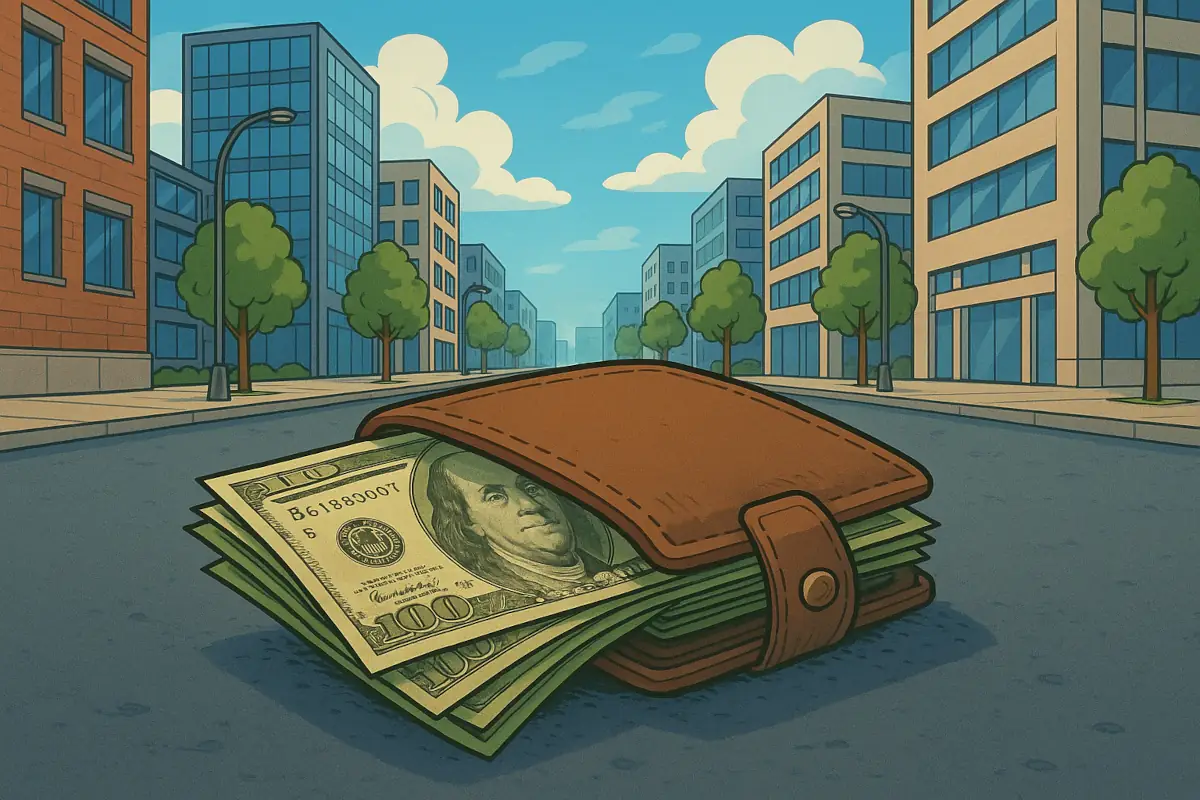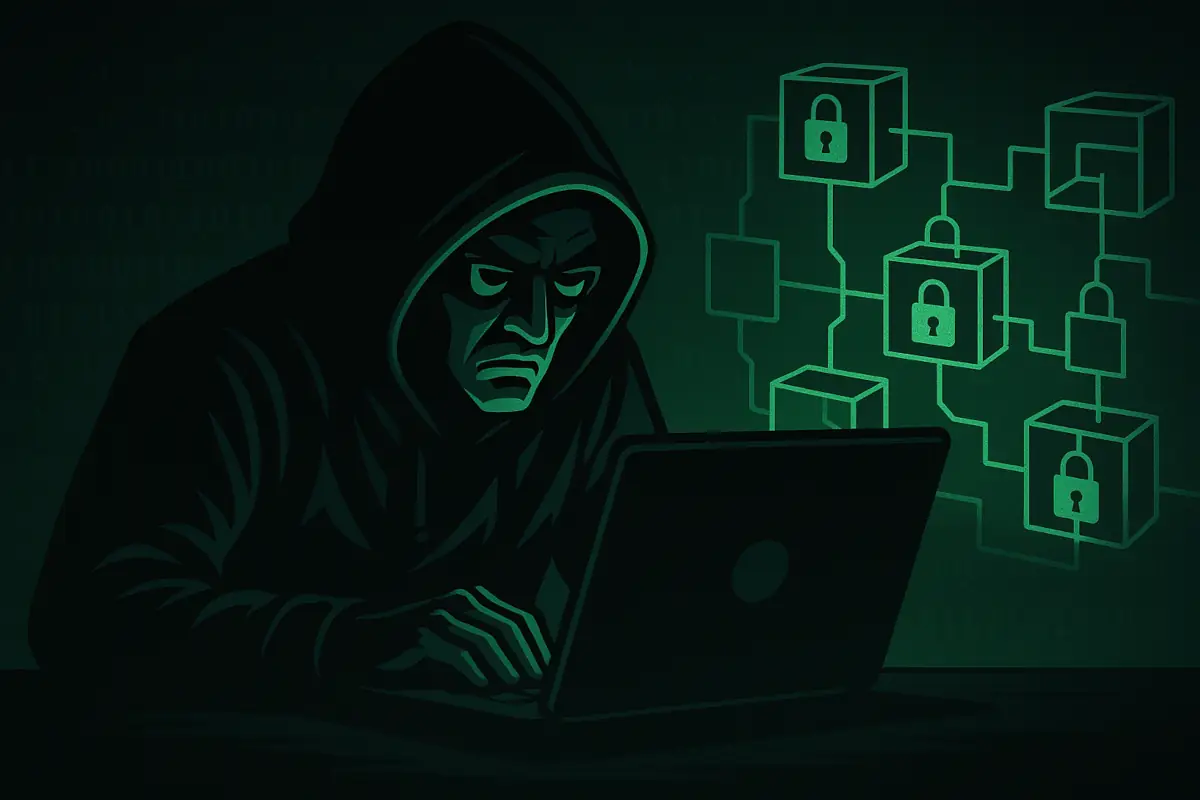Ever opened your crypto wallet and noticed a few coins or tokens you didn’t buy? Maybe it’s a few satoshis of Bitcoin or some odd-looking tokens with weird names. Seems harmless, right? But here’s the thing: those small, random amounts might be more than just loose change.
In early August 2019, Glassnode and Binance warned about a “dusting attack.” At first, it seemed only 50 Binance users were affected, but it was later found that nearly 300,000 Litecoin (LTC) users were actually impacted.
Table of Contents
What’s a Dusting Attack?
Let’s start with the name. A dusting attack gets its name from “dust” – a tiny amount of cryptocurrency, often too small to trade or even notice. In a dusting attack, someone sends a small amount of crypto (dust) to a large number of wallet addresses. The goal? To track or deanonymize users. They’re not trying to steal your funds directly. They’re watching what you do next.
Why Are Dusting Attacks a Thing?
Here’s the deal: crypto transactions are public. Anyone can view them on a blockchain explorer. That’s exactly what attackers use to their advantage.
Once that tiny bit of crypto hits your wallet, attackers wait. If you later move your funds – including the dust – in a single transaction, they can start linking your addresses together. Over time, they build a picture of your activity, habits, and possibly your identity.
So… What’s the Point of All This?
There are a few major reasons why someone would bother with dusting attacks:
- Deanonymization for Profit: Some attackers try to identify high-value wallets. They dust a bunch of wallets, track movements, and figure out who might be worth targeting for scams, phishing, or social engineering.
- Advertising and Spam – Some send dust with a message attached – like a spam ad or a website link. Yes, crypto spam is a real thing.
- Tracking Criminal Activity – It’s not always bad actors. Law enforcement agencies have also used dusting to try tracking wallets involved in illegal stuff. Same tactics, different motives.
How Do You Know If You’ve Been Dusted?
Here’s what to look for:
- You receive a very small amount of a token or coin you never bought.
- The token name is strange, unknown, or suspicious.
- Your wallet balance suddenly changes by a few cents or dollars for no reason.
- You get a new coin with no trading volume or info online.
Don’t interact with it. Not even to try and swap or sell it.
What Happens If You Touch the Dust?
If you move that dust along with your other funds, here’s what can happen:
- Your wallet addresses get linked together.
- Your transaction behavior starts forming a pattern.
- If your wallet is tied to a centralized exchange (like Binance, Coinbase, etc.), it becomes easier to link it to your real-world identity.
- You might get targeted by phishing, fake investment schemes, or malware-loaded links.
In short, you make it easier for scammers to find and profile you.
Read also: How Task Scams Work: Fake Crypto Jobs on WhatsApp and Telegram
How to Respond: Steps to Stay Safe
- Don’t Touch the Dust. Just leave it. Don’t move it, don’t try to convert it, and definitely don’t visit links attached to it.
- Use Wallet Labeling Tools – Some wallets allow you to label suspicious tokens or hide them from your interface. Use those features.
- Enable Privacy Settings – Use wallets with built-in privacy features like coin control, transaction splitting, or shielding.
- Use Separate Wallets – Keep your main crypto holdings in one wallet and use a separate one for daily transactions. It keeps tracking much harder.
- Use a Coin Mixer (if legal in your region) – Some users opt for mixing tools that break the connection between addresses. Be aware, these are controversial and banned in some places.
- Update Wallet Software Regularly – Dusting methods have evolved. Make sure your wallet’s protection evolves with it.
Don’t Google Token Names
When you see weird coins, your first instinct might be to Google them. But many dust tokens are created specifically to lure you into shady websites pretending to be crypto exchanges or airdrop claim sites. These often include malware or fake wallet login screens.
Should You Be Worried?
Yes and no. Dusting attacks don’t drain your wallet. They don’t hack into your private keys. But they do mess with your privacy – and that can lead to bigger problems.
If you’re a high-value holder or actively use your crypto, dusting attacks are something you want to stay aware of. But even casual users should take it seriously. The goal of these attacks is to make your wallet an open book. Don’t let it happen.
Final Thoughts: Keep It Clean
If you’ve received random, tiny amounts of crypto, you’re not alone. It’s weird. It’s annoying. And it’s not harmless. Dusting attacks don’t feel like “attacks” in the usual sense. But the real harm is invisible – it’s about turning your wallet activity into a map and maybe even linking it back to you. So, next time you see a weird coin pop up in your wallet, do the smart thing: Don’t touch it. Don’t trust it. Ignore it.
Read also: How to Spot and Avoid Honeypot Scams




